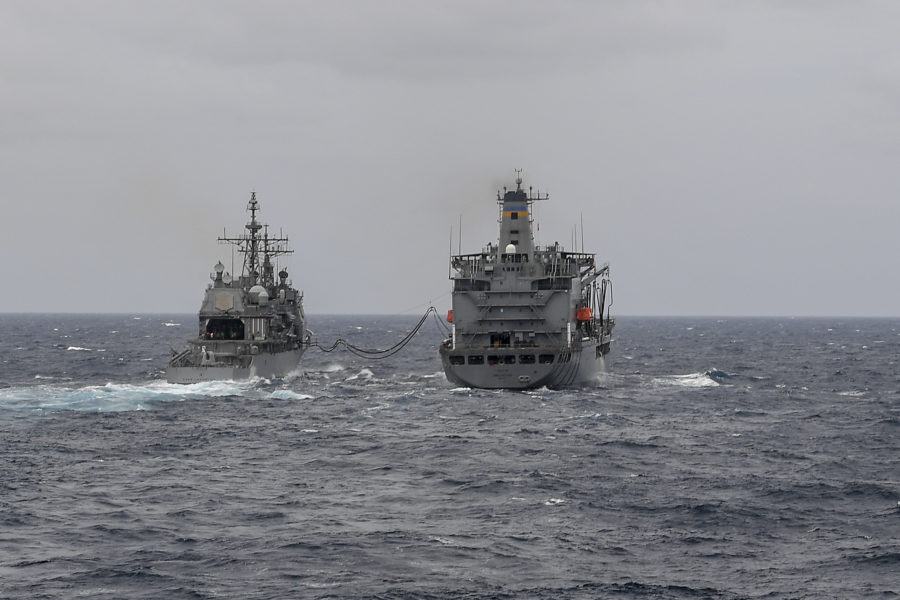The U.S. must strengthen its ties to allies, especially now as Russia and China seem to be moving closer together, said Assistant Secretary of Defense for Strategies, Plans, and Capabilities at a March 1 forum focused on the 2022 National Defense Strategy at the Center for a New American Security.
Echoing the strategy itself and its conclusion that China is the primary military, economic, technological, and diplomatic competitor to the U.S., while Russia is still an “acute threat, one that is immediate and sharp,” she noted the challenge of dealing with Russia and China as partners.
“We can’t help but watch the Russian alignment with the People’s Republic of China,” Karlin said. “Both seem to favor a world in which they can trample over the sovereignty of their smaller neighbors and have a free hand in their self-declared spheres of influence.”
With the NDS as “the department’s North Star,” Karlin said the Pentagon is pursuing a “wraparound strategy” to ensure the NDS “is infused in the department’s day-to-day business.” For example, she cited the simultaneous release of the NDS, Missile Defense Review, and the Nuclear Posture Review last fall.
“The concept of deterrence is not new whatsoever,” she said. “But we’re really trying to evolve our approach to it because it is just growing ever more important. We’re working hard to invest in a combat credible force, investing in critical capabilities across domains, especially cyber and space, and to ensure that our forces are able to do what is asked.”
Karlin highlighted the AUKUS security pact, which draws Australia, the U.K., and the U.S. into alignment as an example of an integrated approach. Australia will receive nuclear-powered, conventionally armed submarines, and the three nations will share advanced capabilities in a wide-ranging defense partnership.
“The countries are going to develop and exercise and join advanced military capabilities,” she said. “We’re accelerating the advancement of a bunch of different capabilities across areas as wide-ranging as artificial intelligence and autonomy and cyber.”
A second integrated deterrence example, she said, was the expansion of Pacific exercises, such as the 14-nation Garuda Shield exercise in Indonesia last August.
“What we’re really trying to do is change and enhance the size, scope, scale, and character of these exercises,” Karlin said. “We’ve seen joint maritime drills with Canada, Japan, the United States, and Australia in the South China Sea, really showing how our different countries can knit together our capabilities and employ our forces together.”
Karlin said the united front NATO and other allies showed in support of Ukraine is another integrated example, and she credited close relationships with European allies and partners for that success. “For us to be able to work together at every stage of defense planning is crucial,” Karlin said. “That means we … will have to address long-standing institutional barriers that inhibit collective planning, interoperability, and mutually beneficial procurement.”


